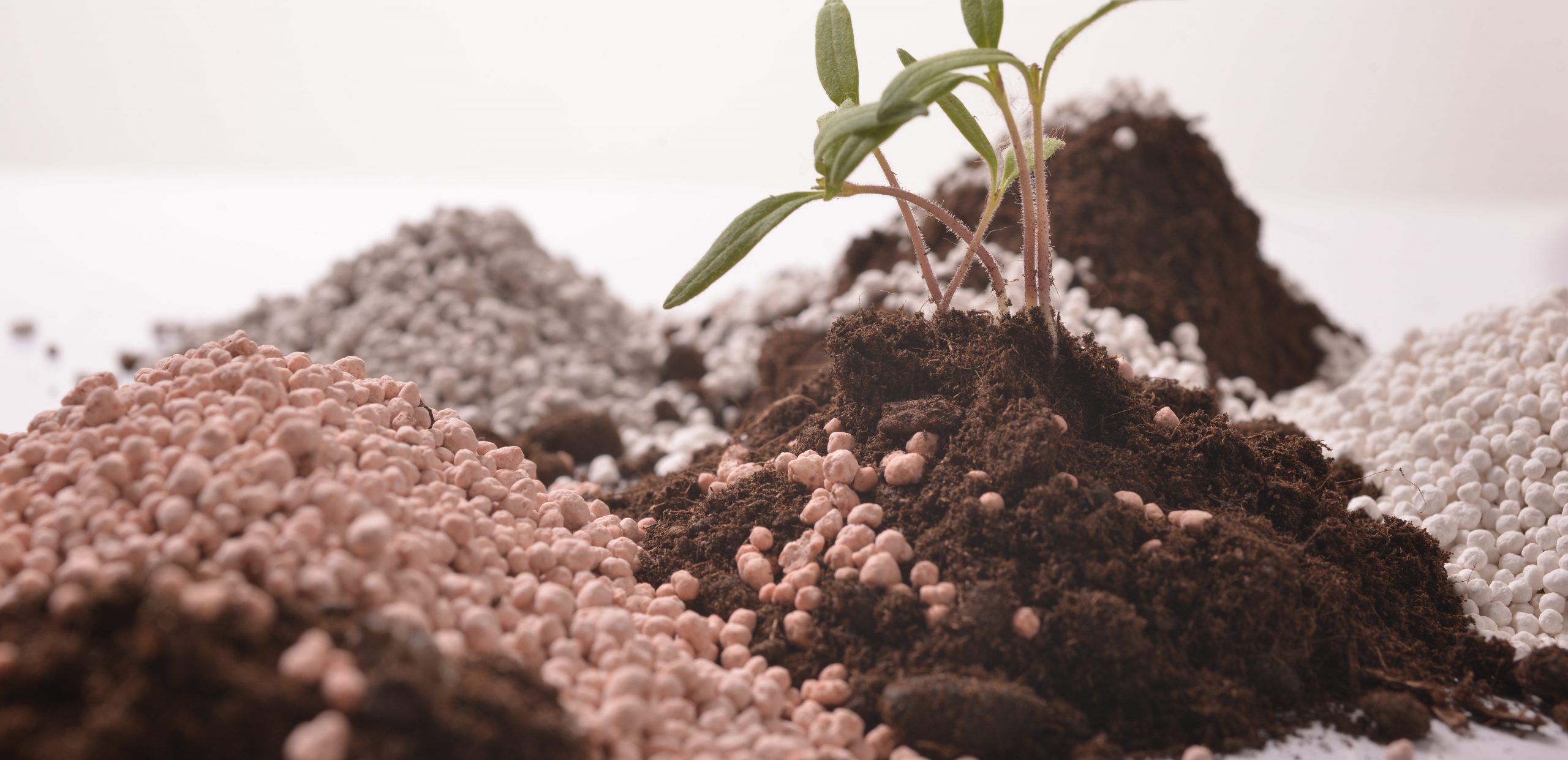Salt production
Of the 5 pools, 4 pools are designated as saltwater pools for saltwater sequestration. Each saltwater pool is approximately one million square meters in length and 2 meters wide and has two valves for inlet and outlet saltwater, A valve on the east side and a valve on the west side of the pool that, during the continuous dewatering phase, enter the bracket from one valve to another. Carnalitization pools of about 4,000 square meters, 2 meters long and 4 meters wide, which are the only doorway to the valve. These pools are either used discontinuously or are used for continuous pumping. In carnalite pools, a salt bed about 5 cm high is created by evaporation of brines to allow carnalite to be collected by heavy machinery.
Playa brine (initial), with a density of 0.5 g / cm3, enters the salt pools. As a result of evaporation, the salt of rapeseed and its concentration in brines are reduced. The density of brines and the concentration of other compounds are increased.
Until the brine density is increased to 0.5 g / cm3, the sediment formed on the bottom of the pool is only salt (NaCl). About 1 cm of salt will evaporate from the evaporation of one meter of brine at a density of 0.5 grams per cubic centimeter. Therefore, after several periods of dewatering and increasing salt thickness, the useful capacity of the pool for dewatering will decrease. By increasing the salt thickness to about 5 cm, salt is collected from the bottom of the pool.
The program of pool dehydration is adjusted annually based on the amount of brine pumping, the average evaporation per month, and the effect of rainfall throughout the year (1 mm / h). Due to high winds and the possibility of wave formation and damage to the walls of the pool it is prevented from dewatering more than 5 cm. Carnalite pools are harvested annually at the end of summer before the start of the rainy season. In the pools, carnalite harvest time is always taken into account, given the high solubility of carnalite in water if the crop is lost for one year. . The planning of the pools dehydration should always take into account the interference of the eastern and western canals. In the event of heavy rains, the concentration of potassium ions will decrease as the brine dissolves. In this case, the brine pumping will be stopped until the brine quality returns to pre-rainfall, although the concentration of potassium ion in the brines will decrease after precipitation, but its salts will decrease. It has been increased so it can be used if the pools need to be laid (salting the pool floor).


